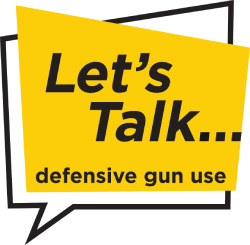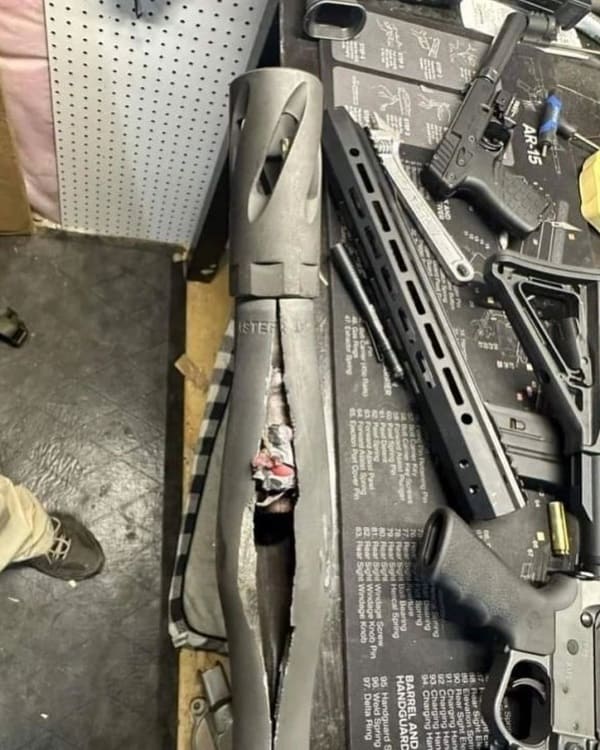Most people think that catastrophic damage to firearms and users happens when a load is “too hot.” In simple terms, when a load is too hot, the propellant charge generates too much pressure, and that pressure causes the firearm to rupture. This sends metal fragments flying in all directions.
So, what are the main reasons for these failures? Well, the wrong propellant will definitely do it. Substituting a slower rifle propellant for a faster pistol or shotgun variant can easily achieve overpressure. That is still unlikely for factory ammunition, but it happens with ignorant home loaders.
Squib Loads
Squib loads and bore blockage are probably the most common causes of overpressure. A squib load occurs because the propellant does not produce enough energy to push the projectile or associated parts (such as a shotgun wad) out of the barrel. When the next round is fired, the pressure cannot escape because of the blockage, so it finds its own way out.
Squibs can happen because the ammunition is old or poorly stored. They can happen due to a lack of propellant or simply not enough. Subsonic loads may also produce this effect when there is not enough propellant compared to the barrel length of the firearm. What makes it out of a 6″ personal defense weapon (PDW) barrel may not make it down a 24″ hunting rifle.
Bore Blockages
Bore blockages can also occur because of poor maintenance. Some issues are carbon buildup, stuck patches, and mud clogged in the muzzle. You can remedy this by inspecting the bore before and after shooting or cleaning. If you’re shooting and don’t know where your round went, check the bore before shooting again.
Secondary Explosive Effect
The last issue I will mention is the secondary explosive effect. This can occur with very low charge weights and too much free case volume or degraded propellant. If the propellant doesn’t burn quickly and efficiently, it will deposit fumes within the case void. These fumes can be highly explosive and may detonate. If you’re reloading subsonic rounds, start high on charge weight and work down. Make sure you select a propellant that takes up plenty of case volume.
Reloaded Rounds
Most people imagine that the high charge weight (too much gunpowder) causes overpressure, but that is rarely the case. If we take a .223 Rem round as an example, the maximum average pressure, according to CIP, is 4300 bar. The single max pressure is 4945 bar, and the single max weapon pressure is 5375 bar.
Given that 24 grains of suitable propellant will be about ballpark for a charge weight within max average pressure and that 28.8 grains are the maximum case filled with H20 gunpowder, we can surmise that it would be nearly impossible to achieve catastrophic failure from overfilling.
An easy way to avoid all this is to buy high-quality ammunition like Swiss P, Norma, RWS, Sako, or MFS. Remember to listen to your shots, and if something doesn’t sound right or feel right, check your gun before firing that next round.


